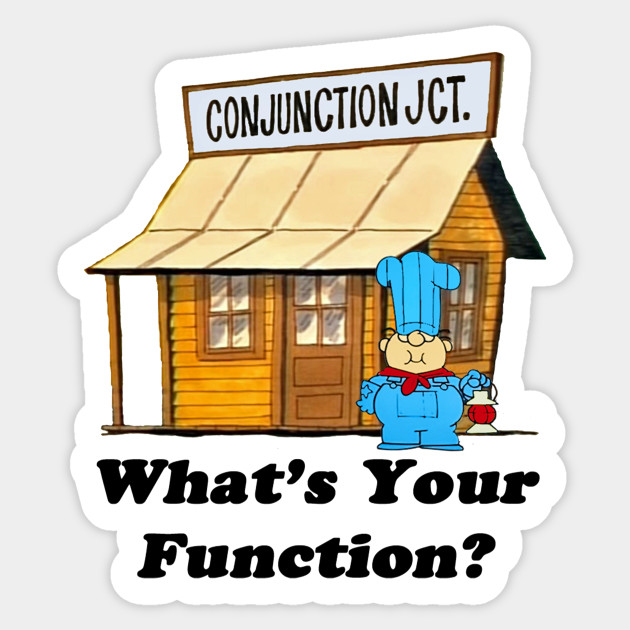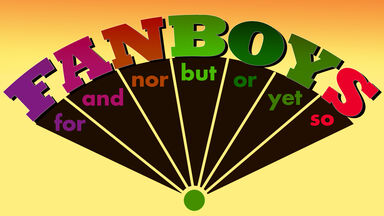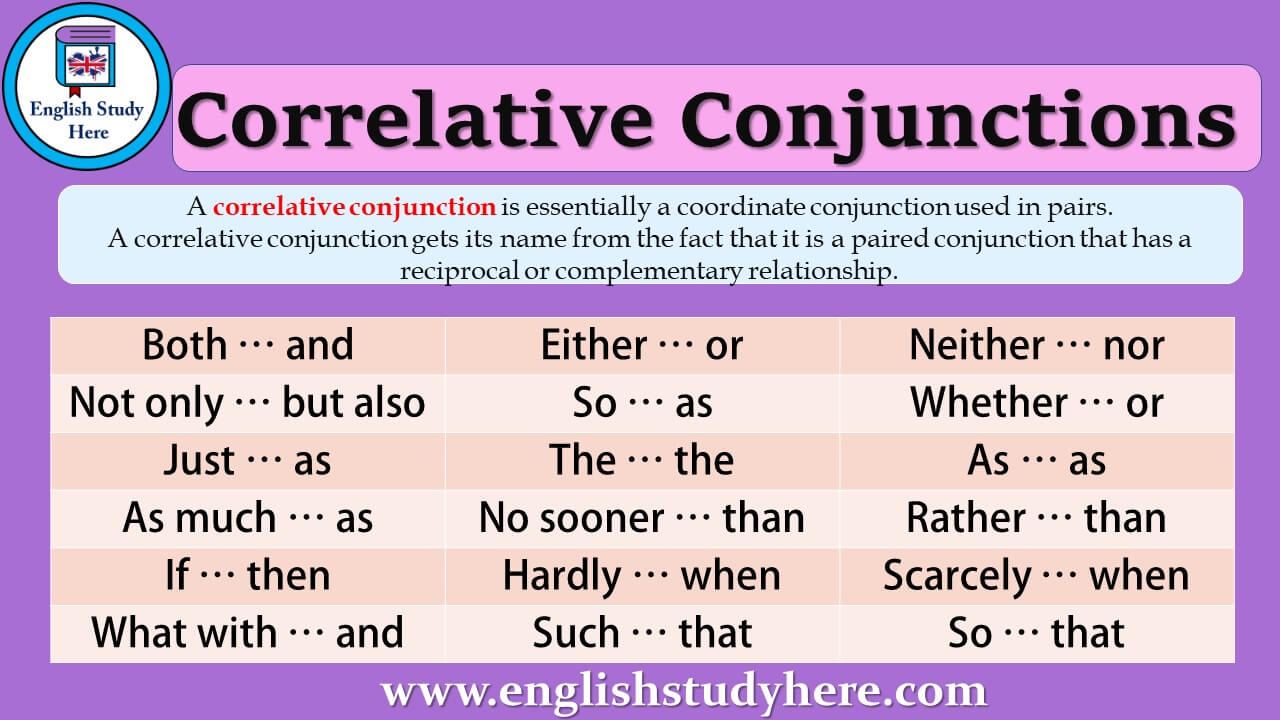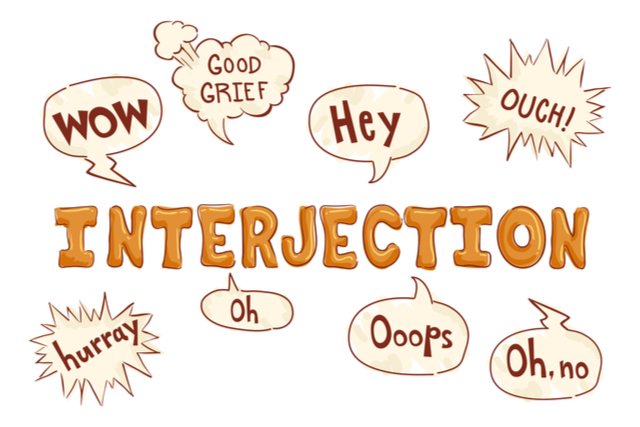
Create an Account
Create an account for powerful AI tools, award-winning courses, and access to our vibrant community.
Already have an account?

Earned for completing the AI Certification course.
Learn MoreWhat's their function? (series 4 of 4)
This is the last article in my series on parts of a sentence. There are three more parts of speech to meet, conjunction, preposition, and interjection.

Conjunction
"Conjunctions are parts of speech that connect words, phrases, or clauses. They allow you to form complex, elegant sentences and avoid the choppiness of multiple short sentences." There are three types of conjunctions: coordinating, correlative, and subordinating. They are the keys to logically constructed sentences.
"Coordinating conjunctions are the most popular category of conjunctions. Simply put, they bring equally essential ideas together. They can join words, phrases, and clauses of equal importance". Some of the most basic ones are:
Listed this way, the coordinating conjunctions create a famous acronym FANBOYS. Each letter in the acronym stands for the first letter of a coordinating conjunction.

essential.grammar.yourdictionary.com
A famous line of the wicked witch in the Wizard of OZ illustrates one of the conjunctions.
Subordinating conjunctions can be found in sentences containing two clauses: an independent or main clause and a dependent clause. As long as the subordinating conjunction precedes the dependent clause, clause order does not matter in most sentences.
There are eight categories of subordinating conjunctions: Time, place, cause, condition, concession, manner, comparison, and relative pronouns. To understand them better, let's look a little further into what some of these are.

clickonenglish.blogspot.com
Used in a sentence:
"Correlative conjunctions are like tag-team conjunctions. They come in pairs, and you have to use both of them in different places in a sentence to make them work." Their name comes from the fact that they work jointly and relay one sentence component to another. Correlative conjunctions include pairs such as:
An example used in a sentence:

englishstudyhere.com
Preposition
Prepositions create a relationship between a noun or pronoun and someone or something else in a sentence. This relationship may be based on place, time, movement, or function. Prepositions are a type of locator that can have one or more words. They are nearly always combined with other words in configurations called prepositional phrases. Examples of prepositions are:
A quote to illustrate is:
Prepositions raise another grammar topic: idioms. An idiom is an established group of words that create an expression whose meaning differs from the literal meaning of the words, such as "What's up?" We are not actually asking what is up or down—but, we understand the idiom could mean any of the following: What are you doing? What's happening in your life? What do you want? Do you have something to tell me? or Can I do something for you?
In English, we use many prepositions idiomatically by partnering them with another word or phrase.

7esl.com
Interjections
Interjections might be the most fun of all. They can add a little spice and emphasis to our writing. Interjections are words or short phrases that have a shout or a punch to them. They can stand alone, or they can be part of a sentence. They are typically very casual, so we tend to use them in informal writing and more liberally in speaking than in writing. Such as:
You can place an interjection at the beginning of a sentence; however, it’s not a set rule. These are illustrations of placement:

prowritingaid.com
We are finished!! If you've followed my four-part series we have met all of the different parts of speech. YAY!!
Series 1-3
3. What Parts Make Up a Sentence?
Want to have Marty Clifton's latest posts delivered to your inbox?
Share Post